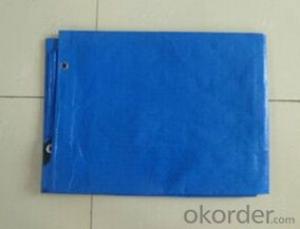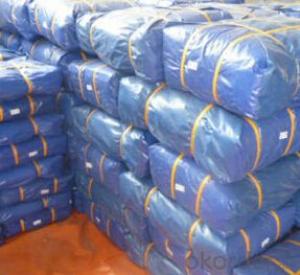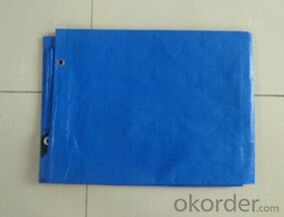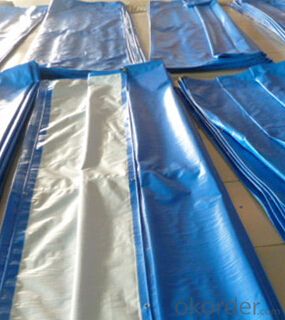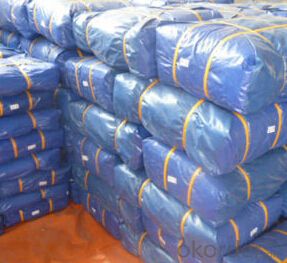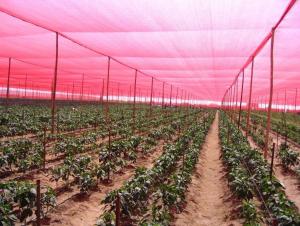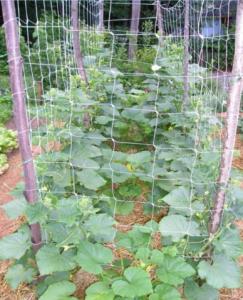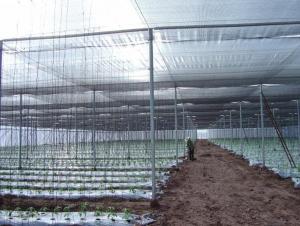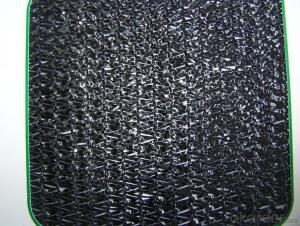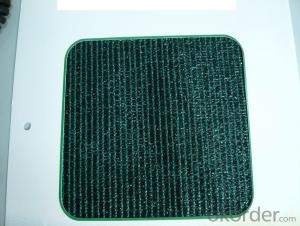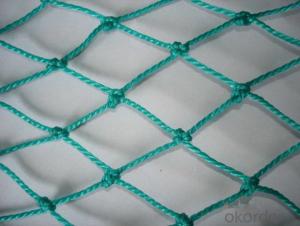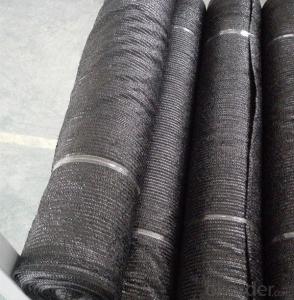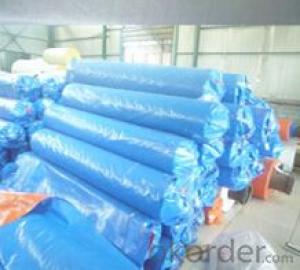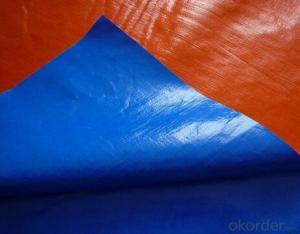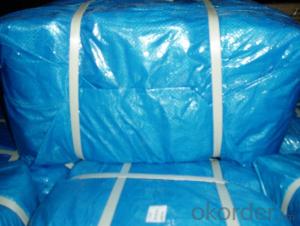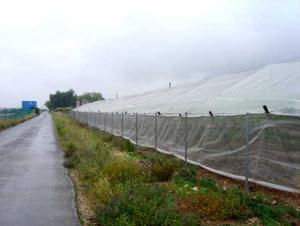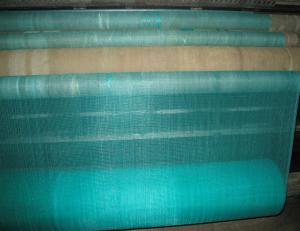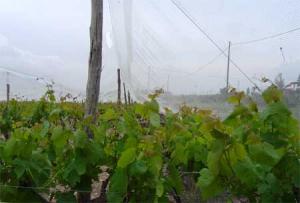Blue PE Tarpaulin Plastic Garden Fence Netting
OKorder Service Pledge
OKorder Financial Service
You Might Also Like
Application
PE Tarpaulin can be widely used in as thecover as well as other usage. It can be used in industrial, agricultural,garden and home.
Industrial: Covers for general use, scaffoldings in construction sites,underground sheets,
Covers for truck, cars, boats, containers, warning tapes,
Covers for materials, roofs, road repair sites, fences
Agricultural: Covers for timber, hay,cotton and all kinds of crops
Covers for daring crops
Home/Garden use: Covers for garden,backyard use
Covers for furniture
Gazebo tentd, dining canopies,swimming pool covers
PE Tarpaulin
Specification:
Weight: 70g/m2-300g/m2
Density / sq. inch :7*6, 7*7, 8*7, 8*8,10*8, 10*10, 12*12, 14*14, 16*16
Color: Any color available
Size: 2*3m, 3*4m,4*6m….. any size available
Denier: 750-3000 Denier
UV. FR treatment also available
- Q: How do plastic nets provide protection against bird droppings?
- Plastic nets, when properly installed, act as a physical barrier that prevents birds from accessing certain areas. By covering open spaces or objects, they create a deterrent for birds to perch or roost, therefore minimizing the chances of bird droppings falling on surfaces below.
- Q: How do plastic nets help in preventing wind erosion?
- Plastic nets help prevent wind erosion by creating a physical barrier that blocks the force of wind, reducing its ability to pick up and transport soil particles. This helps to stabilize the soil, preventing it from being blown away and preserving its integrity.
- Q: Are plastic nets safe for food packaging?
- Yes, plastic nets can be safe for food packaging, as long as they are made from food-grade materials that meet regulatory standards. It is important to ensure that the plastic nets do not contain any harmful chemicals or substances that could leach into the food.
- Q: Are plastic nets resistant to UV radiation?
- Yes, plastic nets are generally resistant to UV radiation.
- Q: Are plastic nets suitable for use in aquaponics systems?
- Yes, plastic nets are suitable for use in aquaponics systems. These nets are commonly used to support plants, provide them with stability, and allow their roots to access water and nutrients. Plastic nets are durable, lightweight, and resistant to water damage, making them an ideal choice for aquaponics setups where they can be used to hold plants in place, promote water circulation, and provide a platform for beneficial bacteria to thrive.
- Q: How do you repair damaged plastic nets?
- To repair damaged plastic nets, you can start by cleaning the area around the damage with mild soap and water. Then, you can use a strong adhesive specifically designed for plastic to carefully glue the damaged parts back together. If the damage is substantial, you may need to patch the net with a piece of sturdy plastic or use zip ties to reinforce the area.
- Q: How do plastic nets perform in heavy-duty applications?
- Plastic nets are highly reliable and effective in heavy-duty applications. They offer superior strength, durability, and flexibility, making them capable of handling rigorous tasks and withstanding heavy loads. Additionally, plastic nets are resistant to corrosion, moisture, and chemicals, ensuring long-lasting performance even in harsh environments. Overall, plastic nets are a preferred choice for heavy-duty applications due to their excellent performance and cost-effectiveness.
- Q: How are plastic nets different from woven nets?
- Plastic nets are typically made from synthetic materials such as polyethylene or nylon, while woven nets are made from natural fibers such as cotton or hemp. Plastic nets are more durable and resistant to weather conditions, making them suitable for outdoor use, while woven nets may be more prone to wear and tear. Additionally, plastic nets offer a wider range of customization options in terms of size, shape, and color, whereas woven nets are limited in terms of design variations.
- Q: What are the common problems faced with plastic nets?
- Common problems faced with plastic nets include their susceptibility to tearing or breaking, difficulty in recycling, potential environmental harm from their disposal, entanglement of wildlife, and degradation due to exposure to sunlight or harsh weather conditions.
- Q: Can plastic nets be used for creating pet enclosures?
- Yes, plastic nets can be used for creating pet enclosures. They provide a lightweight and durable option for keeping pets contained while allowing for visibility and proper airflow. However, it is important to ensure that the plastic nets used are strong enough to prevent pets from escaping or causing harm to themselves.
Send your message to us
Blue PE Tarpaulin Plastic Garden Fence Netting
OKorder Service Pledge
OKorder Financial Service
Similar products
Hot products
Hot Searches
Related keywords
